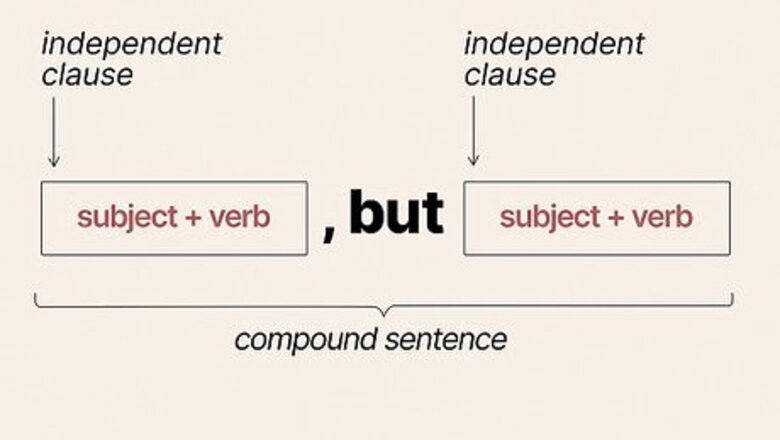
views
- Use a comma before “but” in a compound sentence to separate 2 independent clauses.
- Place a comma after “but” if an interrupting phrase or word (such as "of course" or "in fact") follows it.
- Use a comma before any coordinating conjunction—remember them with the acronym FANBOYS (for, and, nor, but, or, yet, so).
When do you put a comma before “but”?
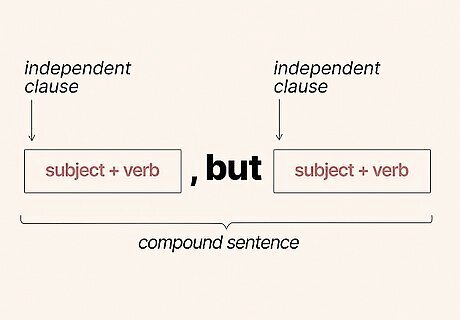
Place a comma in front of “but” if a sentence has 2 independent clauses. An independent clause expresses a complete thought and can stand alone as a sentence because it includes a subject and verb. Take a look at your sentence, and underline the phrases before and after the “but.” Can these phrases be read as separate complete sentences? If so, use a comma before the “but.” Correct: Jacob saw the movie, but his friend read the book. Incorrect: Jacob saw the movie but his friend read the book. “Jacob saw the movie” and “his friend read the book” make sense by themselves, meaning they are independent clauses. Combining a comma and “but” creates a compound sentence, also known as a sentence with two independent clauses.

Don’t use a comma if a sentence has a dependent clause. A dependent clause is an incomplete thought as it lacks a subject and/or verb. Break your sentence into two parts: the phrase before the “but” and the phrase after the “but.” If both phrases can’t be sentences on their own, then they are dependent clauses and a comma isn’t needed. Correct: The puppy is small but potty trained. Incorrect: The puppy is small, but potty trained. Although “The puppy is small” could be a separate sentence, “potty trained” is a dependent clause because it doesn’t have a subject.
When do you put a comma after “but”?
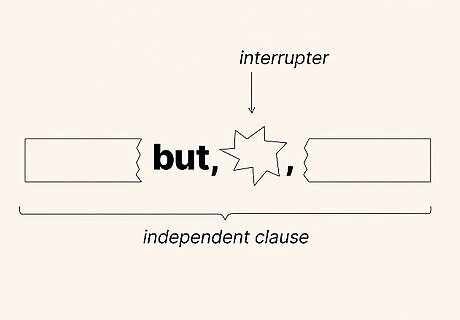
Use a comma after “but” if an interrupter follows it. An interrupter is a word or phrase that appears in the middle of an independent clause (such as “of course,” “on the other hand,” “in fact,” and “however.”). This word or phrase could be omitted from the sentence but is used for emphasis. In this case, a comma is used after the “but” and final word in the interrupting phrase to signify that the clause is separate from the rest of the sentence. Correct: But, of course, I wanted to go to the party with Edith. In this example, “of course” is the interrupter, as the sentence can also be read as “But I wanted to go to the party with Edith.” Correct: I want to go to Germany, but, on the other hand, I’d miss you terribly. In this instance, a comma is before and after “but” because the sentence has 2 independent clauses and “on the other hand” is an interrupter. If a sentence doesn’t have an interrupter, don’t put a comma after the “but,” as that would make the sentence grammatically incorrect.
Why do you use a comma before “but”?
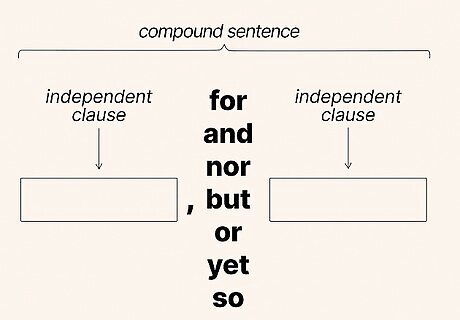
A comma is used before “but” because it's a coordinating conjunction. Coordinating conjunctions are the glue that holds your sentence together. In other words, they’re words that join words, phrases, and clauses into one sentence. These words can be remembered with the acronym FANBOYS, which stands for for, and, nor, but, or, yet, so. A comma is always placed in front of these words in a compound sentence that has 2 independent clauses. For: She bought an apple, for she wanted a snack. And: Nikki lives in Florida, and she goes to Disney World every weekend. Nor: Will doesn’t like broccoli, nor does he like eating Brussels sprouts. But: The lesson was hard, but we all managed to pass the test. Or: We can order pizza, or we can go out to eat. Yet: The movie has good reviews, yet my friends and I didn’t like the movie. So: I broke my foot over the weekend, so I can’t take the stairs.













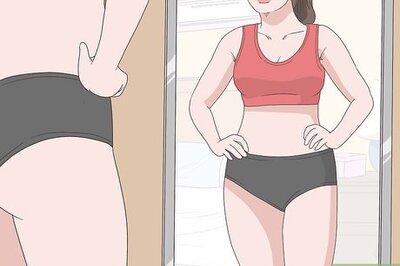






Comments
0 comment